Cheesy Kale Chips
With so much talk of healthy foods and what you should be eating, the foods that are the worst for us can get overlooked. The reason it’s so hard to avoid these kinds of food is because the things that make them bad also make them taste good. Fatty foods typically taste good, so do sweet and salty ones, which means a lot of the foods you love are likely not the best things you can have.


But you don’t have to resort to living like Tom Hanks in Castaway, there are plenty of foods that you can turn to that taste amazing and won’t jeopardize your well-being. It’s about learning why certain foods are bad, so you can make better choices on a day-to-day basis. That being said, here are some dietary landmines to watch out for, and step around.
Kale itself is extremely nutritious. It is loaded with vitamin K, has about three grams of protein per cup and has been linked to cancer prevention. However, packaged kale chips are another story. Next time you’re at the market, flip over a few bags and see for yourself.
Salty Snacks
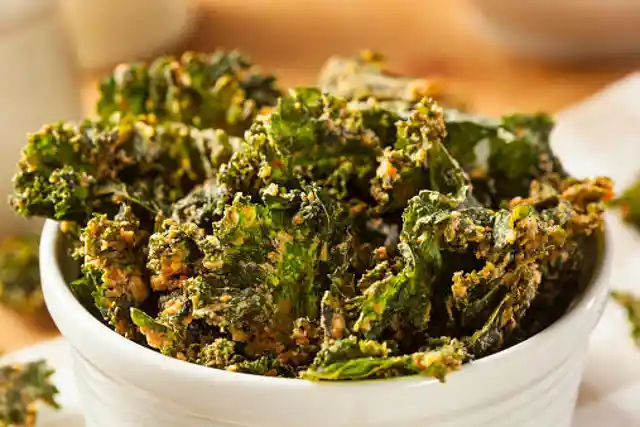
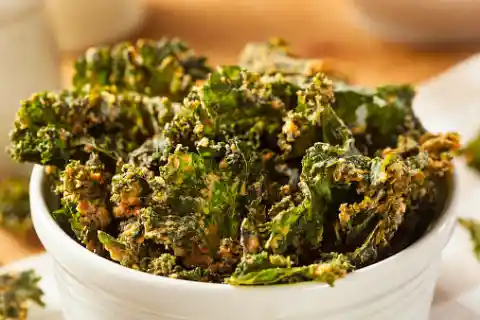
Most of them are loaded with fat and have stats similar to potato chips! Serving size: Approximately 3 ounces
Fat: 36 grams
Calories: 440
Sodium: 360 milligrams
Do you remember that famous potato chip commercial that touted “Betcha can’t eat just one”?
That’s the problem with salty snacks. The more you eat, the more you want, so the more you will eat. Talk about a lot of extra empty calories! Besides the high salt content, almost all salty snacks are fried with partially hydrogenated oils, which make them loaded with trans-fats.
A new study shows that after eating a salty treat such as potato chips or salted nuts, the damage to your arteries can be seen in just 30 minutes!
Sports Drinks
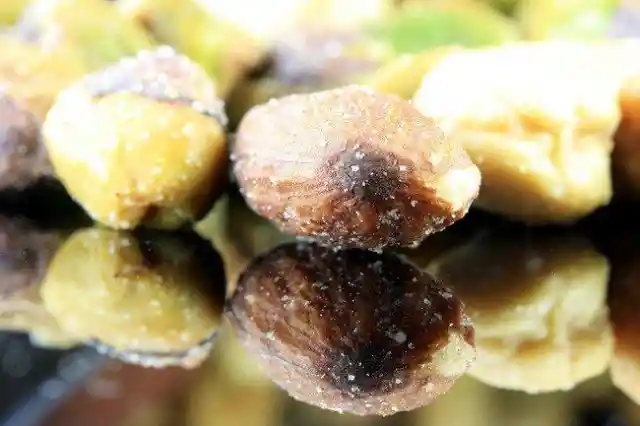

Extremely salty foods reduce the ability of your blood vessels to widen, according to the American Journal of Clinical Nutrition. Read the labels and you will also find that these foods usually use artificial flavors, seasonings, and colors to make them more appealing.
Be smart! Save money and learn to cook at home. It’s safer, it’s cheaper, and it’s much, much healthier!
Sports drinks were designed with athletes in mind. These drinks contain electrolytes (salts) and sugar, which can be useful for athletes in many cases. However… most regular people don’t need any additional salts, and they certainly have no need for liquid sugar.
Peanut butters with hydrogenated oil
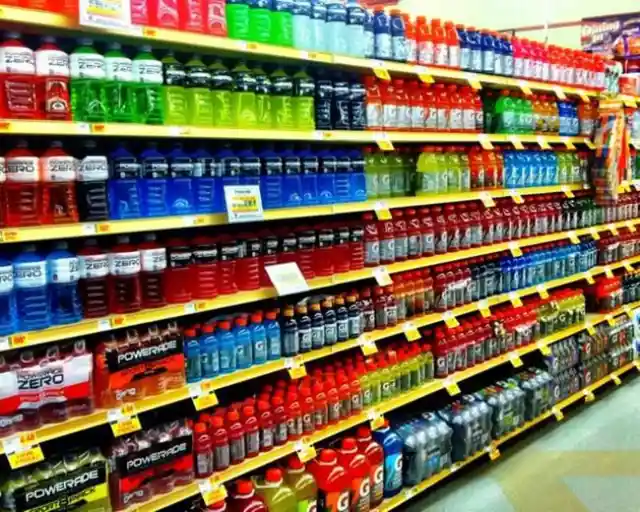
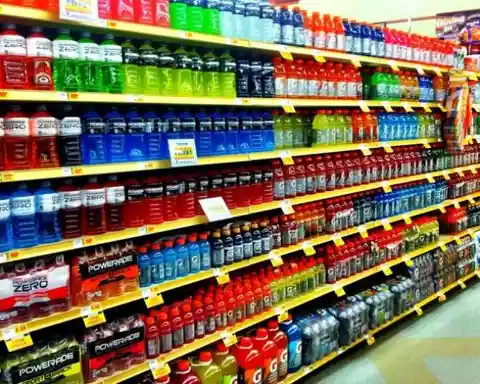
Although often considered “less bad” than sugary soft drinks, there really is no fundamental difference except that the sugar content is sometimes slightly lower. It is important to stay hydrated, especially around workouts, but most people will be better off sticking to plain water.
Yes, peanut butter can be good for you, but not all peanut butters are the same. Hydrogenation is a chemical process that converts liquid vegetable oil into solid fat – unnecessary for peanut butter. Check the labels – PB really only needs peanuts and salt.
"Heart Healthy" Whole Wheat Bread
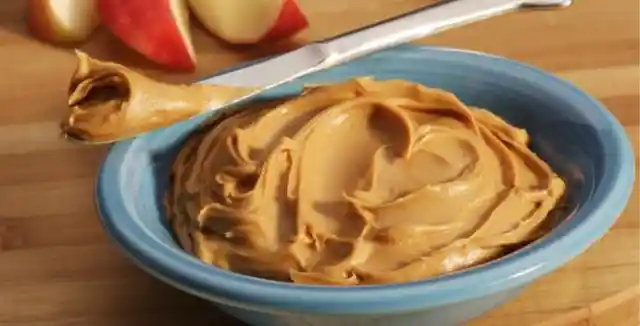
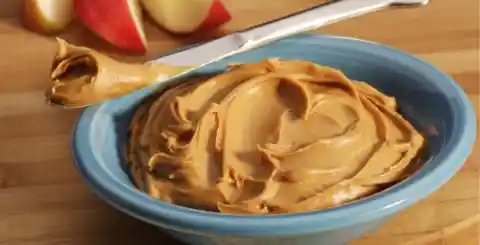
Yes, you’ll have to stir it, but it’s so worth it, and once you make the switch, you'll never go back. Serving size: 2 tablespoons
Calories: 190
Fat: 16g
Carbs: 8g
Protein: 7g
Sodium: 135mg
Sugar: 3g
Most “whole wheat” products aren’t really made from whole wheat. The grains have been pulverized into very fine flour, making them raise blood sugar just as fast as their refined counterparts. In fact, whole wheat bread can have a similar glycemic index as white bread. But even true whole wheat may be a bad idea… because modern wheat is unhealthy compared to the wheat our grandparents ate.
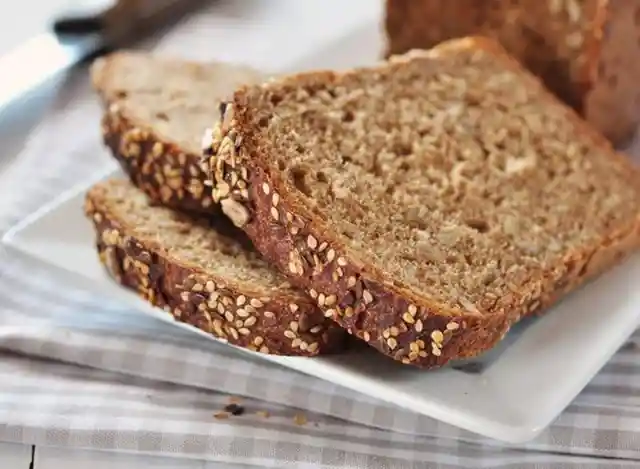
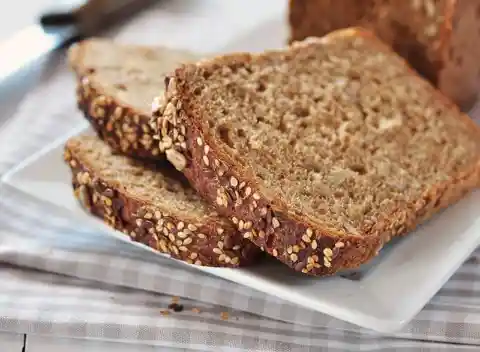
Around the year 1960, scientists tampered with the genes in wheat to increase the yield. Modern wheat is less nutritious and has some properties that make it much worse for people who are intolerant to gluten. There are also studies showing that modern wheat may cause inflammation and increased cholesterol levels, at least when compared to the older varieties (9, 10). Whereas wheat may have been a relatively healthy grain back in the day, the stuff most people are eating today is best avoided.
Unfortunately, the word “organic” has become just like any other marketing buzzword. Food manufacturers have found all sorts of ways to make the same junk, except with ingredients that happen to be organic. This includes ingredients like organic raw cane sugar, which is basically 100% identical to regular sugar. It’s still just glucose and fructose, with little to no nutrients.
Sugary coffee shop drinks
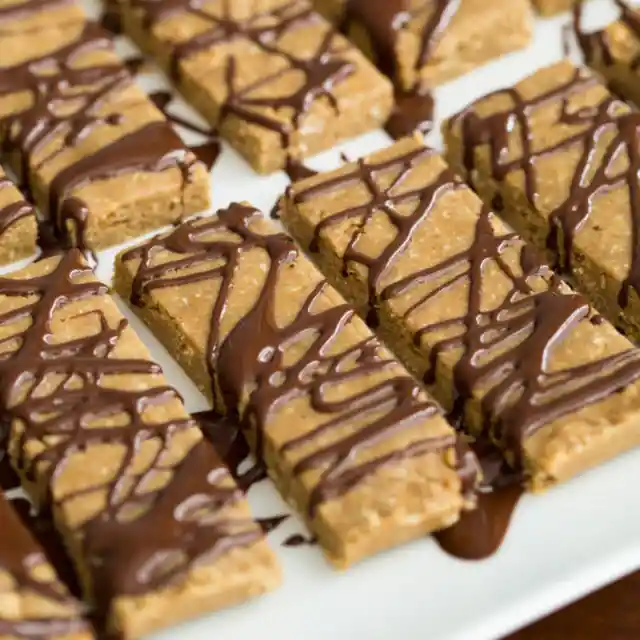
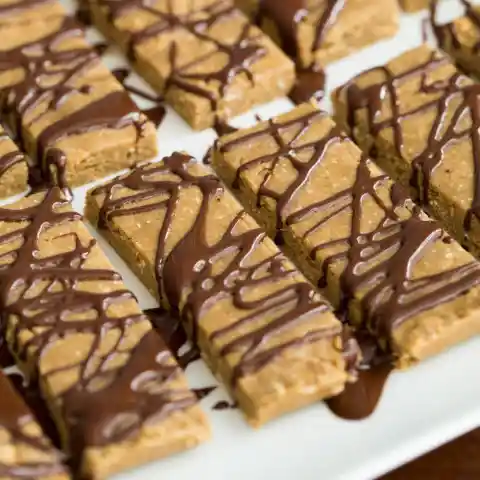
In many cases, the difference between an ingredient and its organic counterpart is next to none. Processed foods that happen to be labelled organic are not necessarily healthy. Always check the label to see what’s inside.
One innocent drink from Starbucks might be delicious, but depending on your choice, it may have enough calories, sugar, and fat to replace an entire meal.
Packaged Cereals
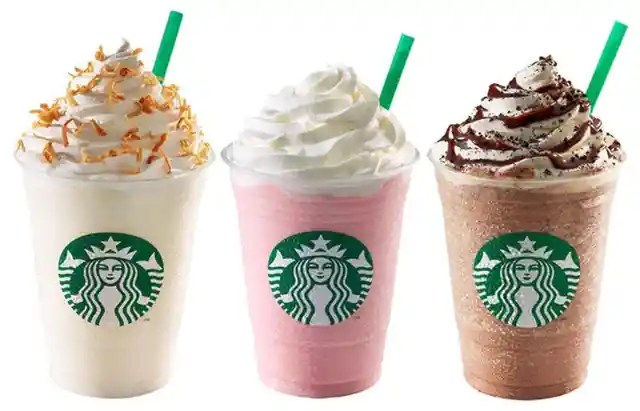
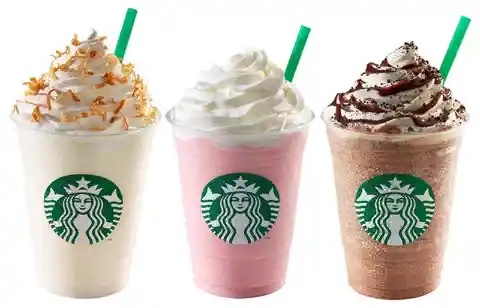
Serving size: Starbucks White Chocolate Mocha, Venti (large)
Calories: 510
Fat: 15g
Carbs: 77g
Protein: 19g
Sodium: 300mg
Here is another marketing ploy that has worked well. Many people believe packaged cereals are a healthy choice for breakfast. Perhaps they use to be at one time, but now cereals are laden with everything you absolutely are trying to avoid. Sugar being the first one. Some cereals list sugar as their second ingredient, right behind that GMO corn they are using. Think that you are eating “healthy” cereals? Think again.
Frozen Chicken Nuggets
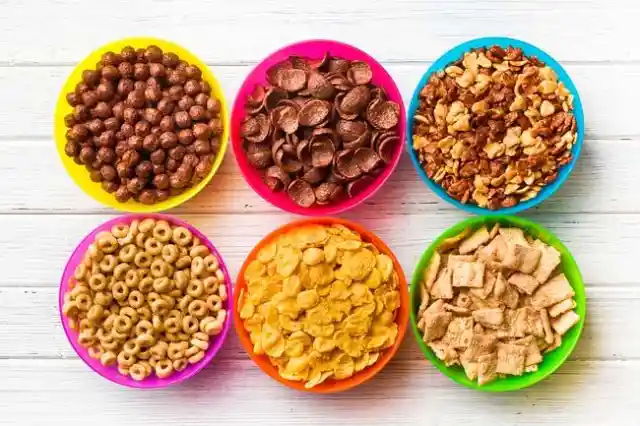
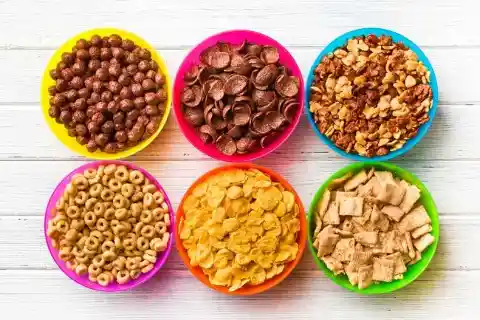
Kashi, one of the best known “healthy” cereals, contains GMO products. Quaker Oats uses sulfuryl fluoride to store their oats. This chemical is a toxic gas and hardly “natural.” Also, all those little shapes like puffs or stars or O’s are made by a machine called an extruder. This mixes the grains with water and then at a high temperature, shoots it out little holes into those shapes. Almost all nutrients are cooked out of the grains during this process. You should note too that all cereals contain artificial colors, flavors, and huge amounts of preservatives.
Rumors of pink slime aside, an abundance of fat (including saturated fat) and sodium make chicken nuggets a nope.
Microwave Popcorn
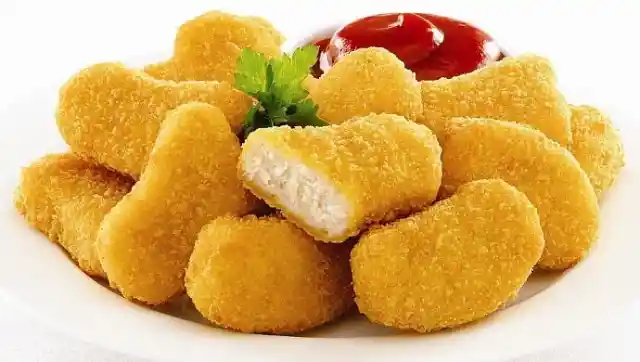
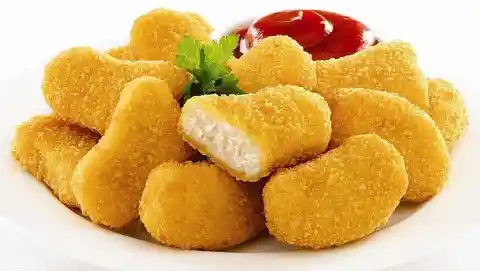
Serving size: Tyson Fun Nuggets, 5 pieces
Calories: 276
Fat: 17.7g
Carbs: 15.8g
Protein: 13.8g
Sodium: 483mg
Sugar: 0g
Those little bags of popcorn are just so convenient and easy to use. They seem so harmless, don’t they? They are anything but. First, let’s start with the bag itself, which is lined with a chemical called PFOA, or perfluorooctanoic acid. Maybe you have heard the warning that your non-stick pots and pans are toxic? Your microwave popcorn is lined with the same toxic non-stick lining. When heated this chemical has been shown to cause cancer and infertility in lab animals.
Pepperoni Pizza
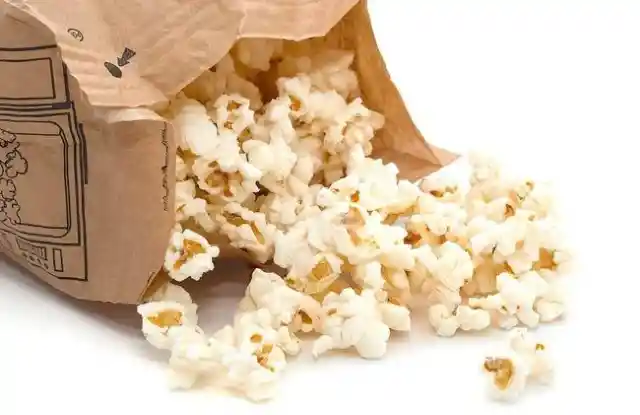
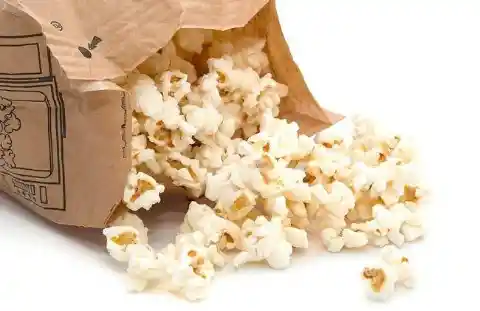
The popcorn itself doesn’t appear to be GMO, but you can’t be sure since there are no labeling requirements. However, there are other ingredients that definitely are such as the oil and the emulsifiers, not to mention that these oils contain huge amounts of trans-fats. Last is that “butter flavor.” This is made from a chemical called diacetyl, which is so toxic that one brand of popcorn, ACT, actually removed it because it was making their own factory workers seriously ill. This chemical is also listed as a known carcinogen as well. There is no need to buy microwave popcorn when it is SO easy to make your own at home. Pop Secret Butter 1 bag
Calories: 540
Fat: 36g
Carbs: 45g
Protein: 6g
Sodium: 930mg
Sugar: 0g
America's favorite food...but also our worst ENEMY!
Packaged Sandwiches
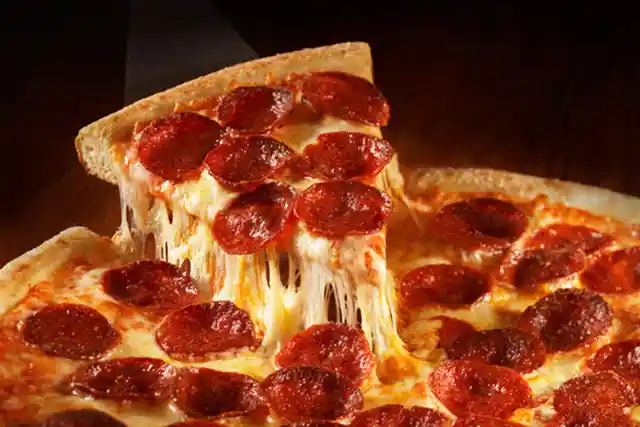
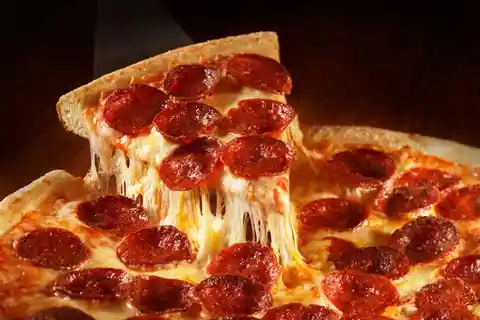
Serving size: 11 chips (1 oz)
Calories: 300
Fat: 12g
Carbs: 34g
Protein: 13g
Sodium: 683mg
When you are in a rush for lunch you might think that picking up a premade sandwich is a healthier choice than fast food, but you would be making a mistake about that. Although convenient, prepackaged sandwiches are neither worth the money nor the health problems. An average sandwich has more than 400 calories in the sandwich alone. This is crazy when you consider, for some people, your entire lunch should have that amount of calories! Many of them can make you exceed your daily fat and salt intake in just that one meal. Most are made with white bread, which is essentially empty calories.
Hot Pockets
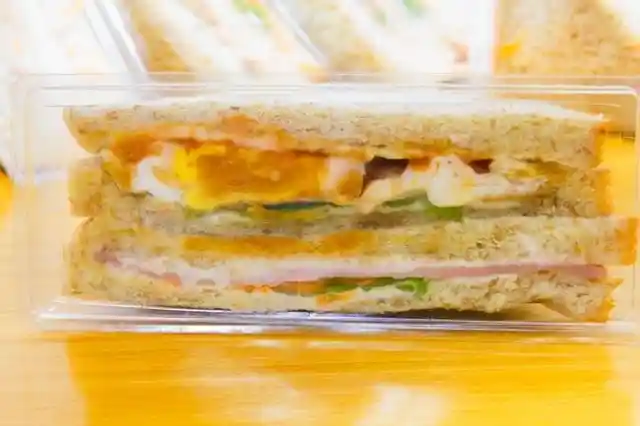
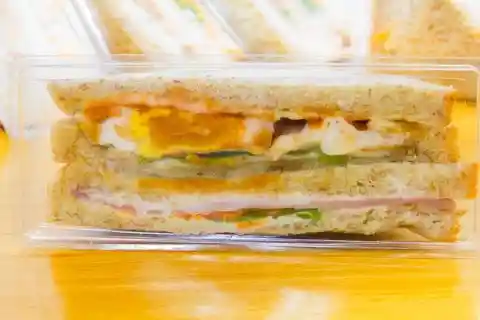
Although you probably already know that mayonnaise isn’t healthy, you might not know that just one tablespoon has 11 grams of fat. Most prepackaged sandwiches come with at least 4 tablespoons of mayo.
If your sandwich comes with cheese (usually American cheese or sometimes a cheese “product”), just one ounce contains more than 10 grams of fat. Most sandwiches use the unhealthiest type of meat you can possibly use, such as bologna or salami. Most of these types of lunchmeats use the “leftover” parts of the animals such as the heart, intestines, and stomach.
Kinda gross, isn’t it? Think of your health and make your own sandwiches at home.
What's in your pocket? Let's see: partially hydrogenated soybean oil, corn syrup solids, fake mozzarella cheese, artificial butter flavor, distilled monoglycerides and L-Cysteine hydrochloride.
Cheez-Its
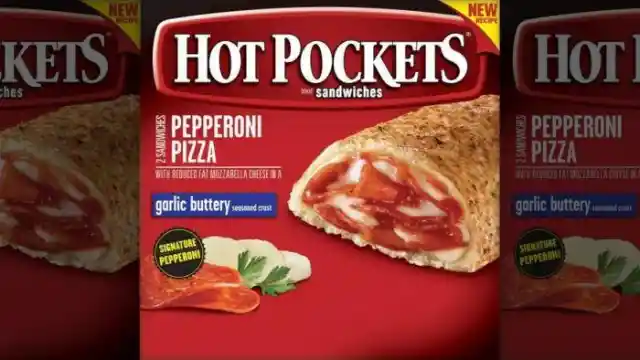
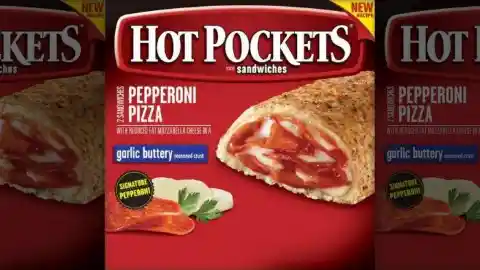
Oh, and in 2014, Hot Pockets were pulled from store shelves for containing “diseased and unsound animals.” Definitely not a pocket full of sunshine. 1 sandwich (Pepperoni Pizza)
Calories: 290
Fat: 11g
Carbs: 35g
Protein: 11g
Sodium: 590mg
Sugar: 5g
Sadly, Cheez-Its are mostly flour, oil and a little bit of cheese. You’ll find no fiber in this cracker, but you will find a preservative called TBHQ (tertiary butylhydroquinone), a form of butane.
Doritos
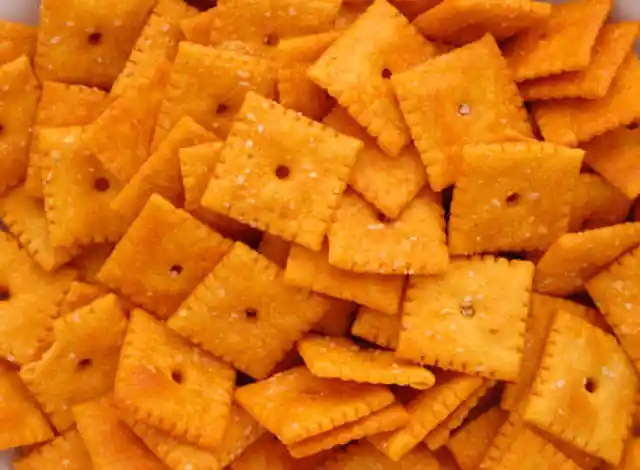
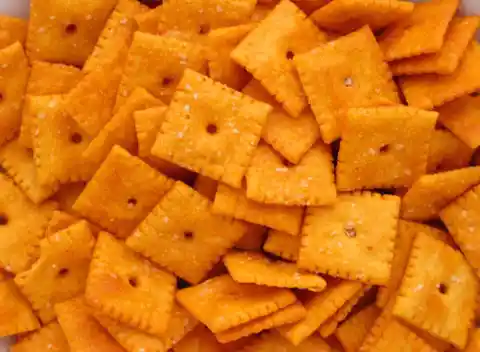
Serving size: 27 crackers
Calories: 150
Fat: 8g
Carbs: 17g
Protein: 3g
Sodium: 230mg
Sugar: 1g
It’s no surprise that chips aren’t great for you, but the ones flavored with “cheese” or other dairy products are the worst. How about a sprinkling of some artificially-flavored and dyed chemical powder?
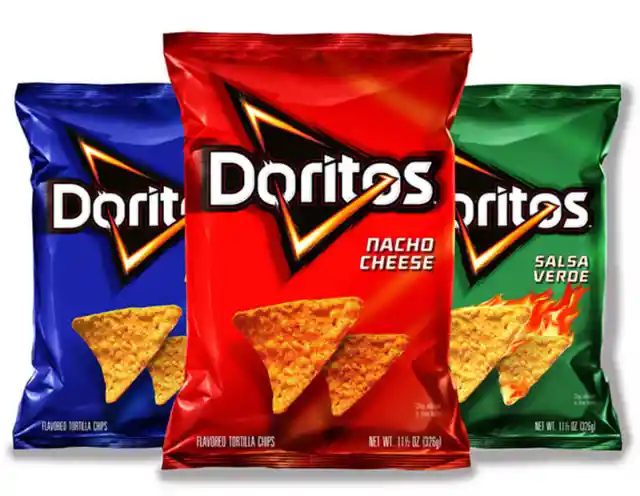
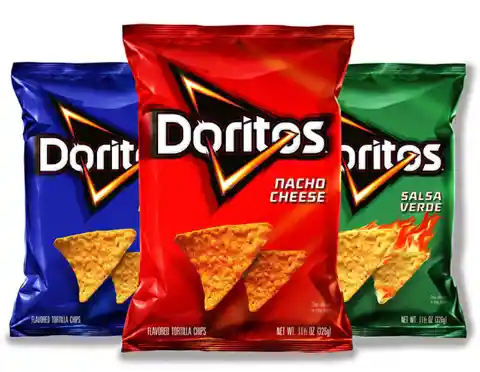
No, thanks. Serving size: 11 chips (1 oz)
Calories: 160
Fat: 11g
Carbs: 14g
Protein: 2g
Sodium: 230mg